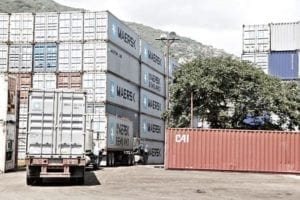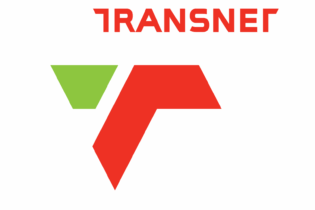The rate at which reefer cargo is exported from South Africa to the Middle and Far East is rapidly increasing and is slowly overtaking South Africa’s ‘traditional’ reefer trade lanes to Europe.
This shift is creating opportunity for local exporters. According to Dirk Hoffmann, MD of Safmarine, reefer exports to the Middle East have increased in volume by over 20% year to date, with the Far East route experiencing a 10% increase. “These increases can be attributed to fast population growth and more disposable income in the region,” he says. In particular, a significant increase in citrus and apples is being exported to these regions. Hoffmann explains that, in the past, reefer cargo to the Middle and Far East has been very low yielding. “Now that this type of export is growing, the dynamics of the South Africa / Middle Far East trade lanes are evolving in terms of diversity of cargo. It is interesting to note how the demand for this type of cargo has changed.” Exploring new trade routes are a viable opportunity for South African fruit exporters. “This new route can however present challenges to exporters, including cultural differences and longer transit times. When it comes to these challenges, it is important to understand how the various complexities impact on doing business in the region.“These challenges are among the largest hurdles in today’s international marketplace, as different countries have different values and ways of conducting business, and if the legal complexities, culture and language of a country is not known, it could potentially jeopardise the business.”
Hoffmann says that in order for South Africa’s fruit producers to meet the growing demand for fruit in the East, exporters need to partner with reliable specialists who make use of technologically advanced and temperature sensitive containers. “These partners should also possess the necessary knowledge and experience to facilitate the entire supply chain process.” He says that Maersk Group recently purchased 20 000 reefer containers for global distribution which will facilitate exporters exploring this route, as it will help to meet the growing demand for reefer shipments to the East and enable suppliers to expand into new markets and capitalise on new opportunities. “These containers offer various advantages, including the provision of an unbroken cold chain from producer to supermarket. Although the route from South Africa to the East is further than from South Africa to Europe, and the fruit stays in transit for a much longer period of time, the containers ensure that fruit remains fresh on arrival,” he concludes.







